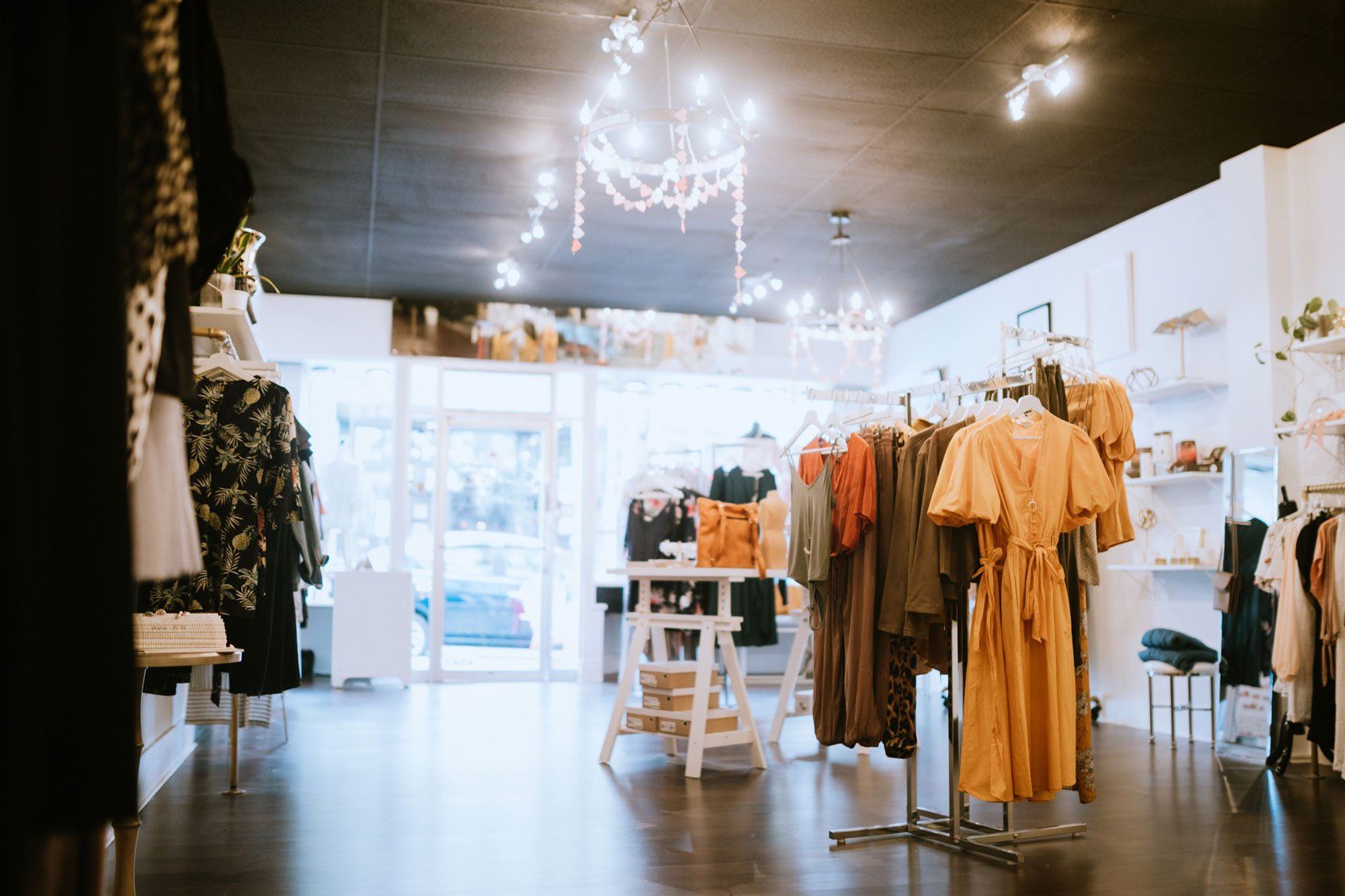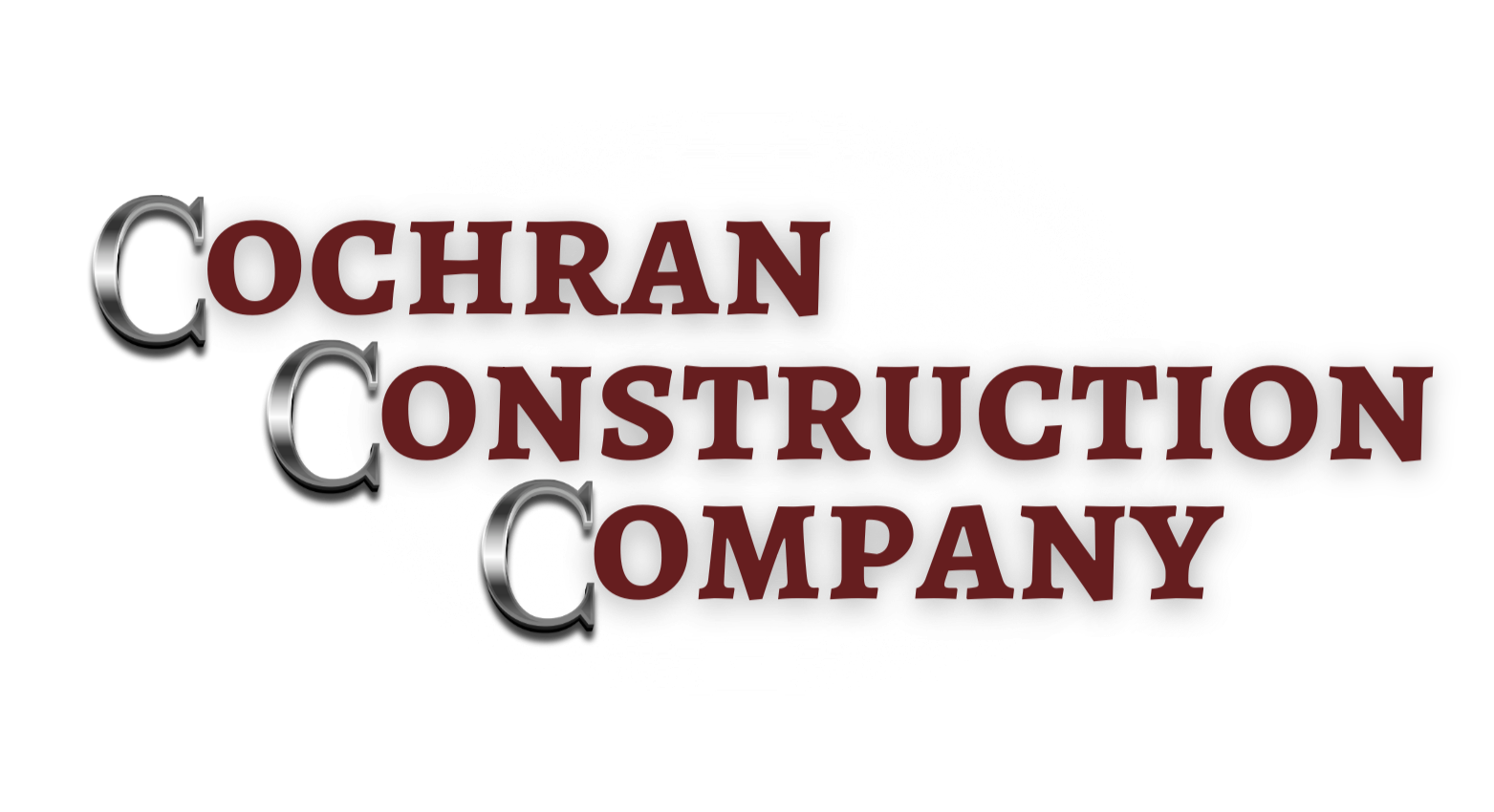Building a Clothing Boutique? 3 Clothing Store Design Tips

If you have an eye for fashion and would like to build and run your own clothing store or boutique, then you may be excited to design your store with the help of experienced construction experts.
However, before you begin helping your construction team create attractive boutique design plans, you should learn about the principles of clothing boutique design that can help you create a store that is not only attractive, but also profitable.
Read to learn three tips for designing your clothing store that can help make it easier to construct a successful store.
1. Plan Your Store Exterior with Window Displays in Mind
While there are many important aspects of exterior building design for a clothing boutique, one aspect of the design that must be planned carefully is your exterior window layout. The right window layout will help you create eye-catching window displays that attract new customers. These customers may have never heard of your store, but they admire the ensembles and accessories in your window displays.
In fact, according to industry reports, 24 percent of all brick-and-mortar retail store purchases are influenced by store window displays.
While larger window displays are typically more eye-catching than smaller displays, window placement should also be carefully considered to ensure your windows draw the eyes of your target audience. Your exterior window placement should allow for the chests of any adult mannequins to be positioned at about eye-level with adults passing by.
2. Choose a Popular Clothing Store Layout
Before you design your entire boutique interior layout from scratch, which is called free-flow layout design, you should learn about the most popular pre-planned clothing store layouts in use today. These store layouts are used by many top retail establishments for good reason.
Just a few of these layouts include: forced-path, grid, and loop designs.
A forced-path layout has one interior entry point that every customer must enter along with one single sales path they must then follow before they arrive at store cash registers or the exit. This layout helps keep customers browsing longer before checking out to maximize the chance that they will purchase more than one item.
A grid layout is a more traditional store design. In this layout, most items are placed in long, adjacent aisles that have large spaces between them. Impulse-buy items are placed near front registers, and popular staple items are placed in the back of the store. This popular layout helps customers find what they need quickly while also encouraging them to browse and make last minute, impulse purchases.
A loop, or racetrack, layout consists of many clothing racks placed around the perimeter of the store with an additional large clothing display right in the store middle. This layout encourages customers to browse all store inventory by traveling around your store in a loop without forcing them through a specific path.
3. Understand the Power of a Power Wall
Industry studies have revealed that, after entering a retail establishment, 90 percent of all American customers tend to turn to the right. For this reason, the first wall on the right upon entering a store has been deemed the power wall.
There are many ways to use your power wall to your advantage to help increase stores sales. While some boutique owners choose to place their sales signs or sales items in this location to lure money-savvy customers into their stores, others instead place their newest or most trendy items along this wall to give customers a preview of the stylish items they can look forward to finding inside the shop.
If you plan to build and run your own fashion boutique, then keep these three design tips in mind as you plan your store. Contact the commercial construction experts at Cochran Construction Company for help with the design and construction of your clothing shop today.


